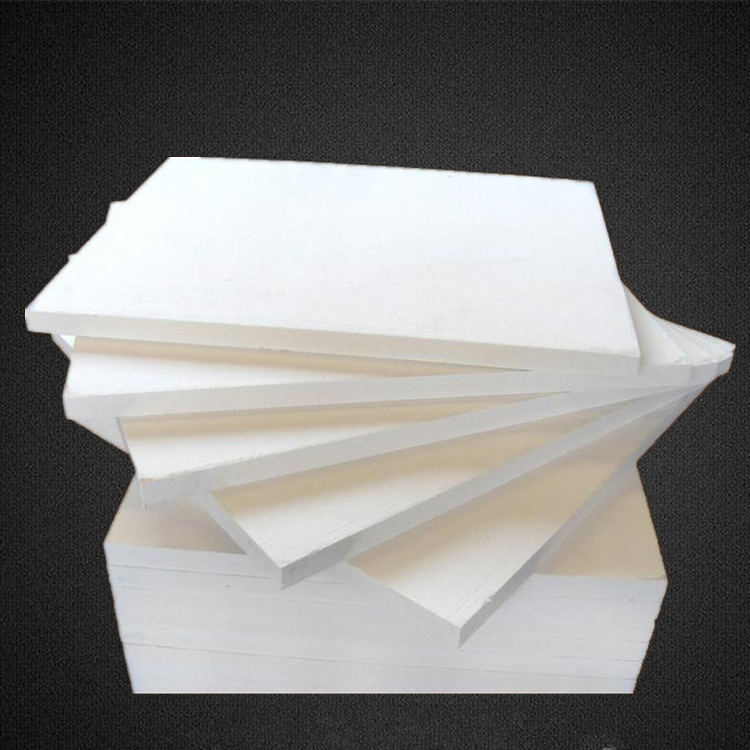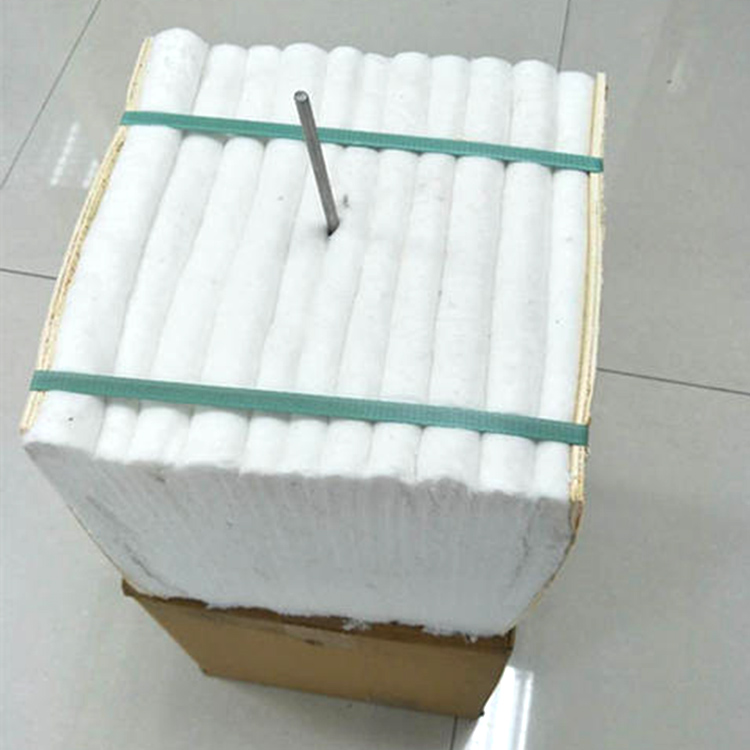
In the continuous steel - making operations of steel enterprises, the problem of excessively high temperatures of ladle shells is a common challenge. According to industry statistics, in some large - scale steel plants, the temperature of ladle shells can reach up to 400 - 500°C during continuous production. This high temperature not only poses a significant safety risk but also leads to a large amount of energy waste. For example, in a steel plant with an annual output of 5 million tons of steel, the energy loss caused by high - temperature ladle shells can account for about 5% - 8% of the total energy consumption in the steel - making process.
High temperatures can cause thermal stress on the ladle shell, which may lead to cracks and other structural damages over time. This not only shortens the service life of the ladle but also increases the probability of safety accidents. In addition, the heat radiated from the ladle shell is a direct waste of energy, which goes against the trend of energy - saving and environmental protection in the steel industry.

Traditional insulation materials such as refractory bricks and thick - layer felts have been widely used in ladle insulation systems. However, they have obvious limitations in high - temperature environments. Refractory bricks, for instance, have poor thermal shock stability. When the ladle is heated and cooled repeatedly, the bricks are prone to cracking, which affects the overall insulation performance. In terms of sealing performance, there are often gaps between refractory bricks, allowing heat to escape easily.
Thick - layer felts also have problems. Their thermal conductivity is relatively high, which means they are not very effective in preventing heat transfer. In a high - temperature environment of over 1000°C, the insulation performance of thick - layer felts will decline significantly. Industry research shows that the thermal conductivity of traditional refractory bricks can be as high as 1.5 - 2.0 W/(m·K), while that of thick - layer felts is about 0.2 - 0.3 W/(m·K), which is still relatively high compared to some new - type insulation materials.
Sunrise Vermiculite Ladle Insulation Board has many outstanding technical features. Firstly, it has a high temperature - resistance capacity. It can withstand temperatures of up to 1200 - 1300°C, which is much higher than the working temperature of ladles in most steel plants. This high - temperature resistance ensures its stability in high - temperature environments.
Secondly, it has excellent insulation performance. By using Sunrise Vermiculite Ladle Insulation Board as the third - layer insulation layer, the temperature of the ladle shell can be effectively reduced. In a practical application case in a steel plant, after installing the Sunrise Vermiculite Ladle Insulation Board, the temperature of the ladle shell decreased from 450°C to about 300°C, a reduction of about 33%. This not only improves the safety of the ladle but also reduces energy consumption.
In addition, the Sunrise Vermiculite Ladle Insulation Board has good chemical stability. It will not react with the molten steel or other substances in the ladle, which ensures its long - term performance and reliability. From an energy - saving perspective, using this insulation board can save about 10% - 15% of energy in the steel - making process, according to experimental data.

Let's take a steel plant in China as an example. This steel plant was facing serious problems of high ladle shell temperatures and energy waste. After adopting the Sunrise Vermiculite Ladle Insulation Board in its ladle insulation system, significant improvements were achieved. In terms of energy consumption, the plant saved about 12% of energy in the steel - making process within one year. At the same time, the number of safety accidents related to ladle shell damage decreased by about 50%.
Another steel plant in Europe also had a similar experience. By using the Sunrise Vermiculite Ladle Insulation Board, they were able to optimize the temperature control of the ladle shell, which improved the overall efficiency of the steel - making process. The production capacity increased by about 8% due to the reduced downtime for ladle maintenance.
When installing the Sunrise Vermiculite Ladle Insulation Board, it is necessary to ensure a tight fit between the boards to prevent heat leakage. The installation process should be carried out in strict accordance with the operating instructions. For example, the boards should be fixed firmly to the ladle wall to avoid displacement during the operation of the ladle.
In terms of maintenance and inspection, regular inspections should be carried out to check for any damage or wear of the insulation board. If any problems are found, timely replacement or repair should be carried out. In general, a comprehensive inspection should be carried out at least once a month, and a detailed inspection should be carried out every three months to ensure the normal operation of the insulation system.
In the context of global energy conservation and environmental protection, the steel industry is also actively promoting green and efficient production. The application of Sunrise Vermiculite Ladle Insulation Board is in line with this trend. It helps steel plants reduce energy consumption, improve production safety, and achieve green and sustainable development.
Industry experts believe that with the continuous development of technology, the application of new - type insulation materials like Sunrise Vermiculite Ladle Insulation Board will become more and more widespread in the steel industry. It will play an important role in promoting the transformation and upgrading of the steel industry.
Are you struggling with high ladle shell temperatures in your steel plant? Download our whitepaper or schedule a technical consultation now at CTA - URL to learn more about how Sunrise Vermiculite Ladle Insulation Board can optimize your ladle temperature control and improve energy efficiency!


